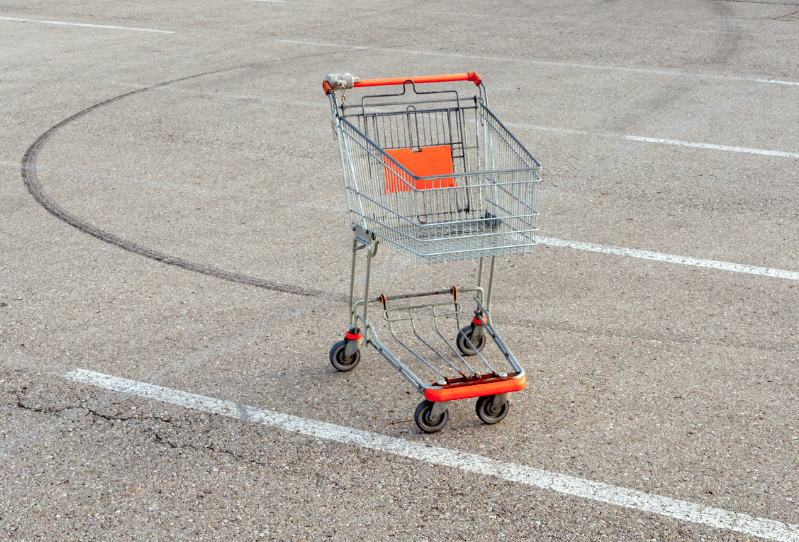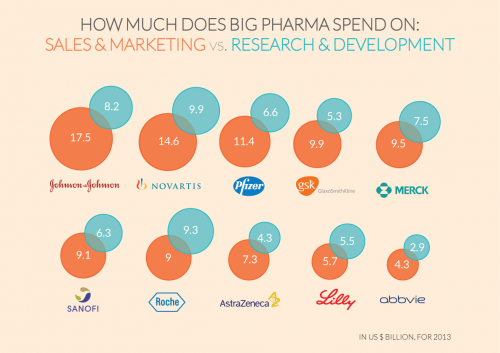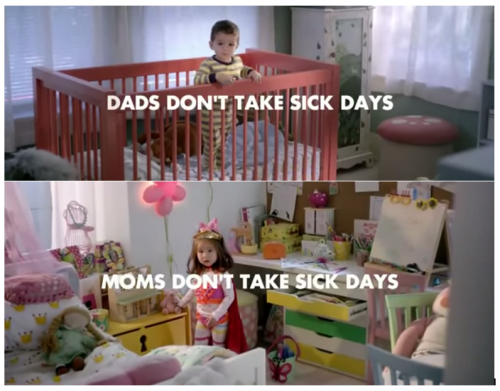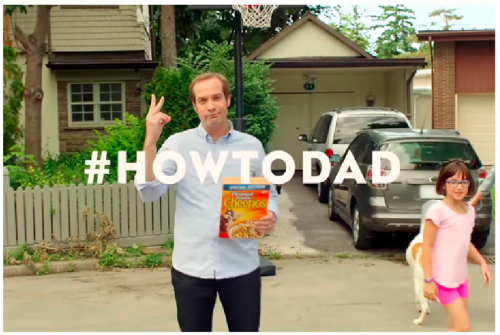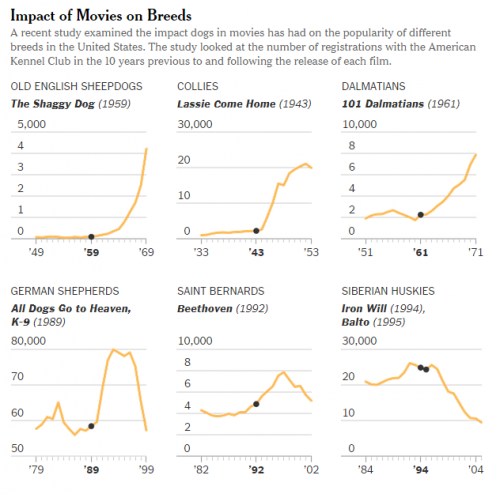Flashback Friday.
Yesterday I went to Marshall’s and overheard a conversation between a teenager and her mother that perfectly illustrated what I was planning on posting about. The teen pulled her mom over to look at a purse she wanted for Christmas. It was $148, but she was making a case to her mom that it was actually a great buy compared to how much it would have been at the original price, which, as she pointed out to her mom, was listed as $368.
Ellen Ruppel Shell discusses this topic at length in Cheap: The High Cost of Discount Culture.
It indicates that you are getting a great deal by shopping at Marshall’s compared to the original price of the item.
Except that is not, in fact, what they are saying. The wording is “compare at…” The tags do not say “marked down from” or “original price” or “was.” There is a crucial difference: when you are told to “compare at,” the implication is that the shoes were originally $175, making them a super steal at $49. The “manufacturer’s suggested retail price” (MSRP) gives you the same info.
But as Shell points out, these numbers are largely fictional. Marshall’s is not actually telling you that those shoes were ever sold for $175. You’re just supposed to “compare” $49 to $175. But $175 may be an entirely meaningless number. The shoes may never have been sold for $175 at any store; certainly no specifics are given. Even if they were, the fact that a large number of them ended up at Marshall’s would indicate that many customers didn’t consider $175 an acceptable price.
The same goes for the MSRP: it’s meaningless. Among other things, that’s not how pricing works these days for big retail outlets. The manufacturer doesn’t make a product and then tell the retailer how much they ought to charge for it. Retailers hold much more power than manufacturers; generally, they pressure suppliers to meet their price and to constantly lower costs, putting the burden on the suppliers to figure out how to do so (often by reducing wages). The idea that manufacturers are able to tell Macy’s or Target or other big retailers how much to charge for their items is ridiculous. Rather, the retailer usually tells the manufacturer what MSRP to print on the tag of items they’ll be purchasing (I saw some tags at Marshall’s where it said MSRP but no price had been printed on it).
So what’s the point of a MSRP on a price tag, or a “compare at” number? These numbers serve as “anchor” prices — that is, they set a high “starting” point for the product, so the “sale” price seems like a great deal in comparison. Except the “sale” price isn’t actually a discount at all — it’s only a sale price in comparison to this fictional original price that was developed for the sole purpose of making you think “Holy crap! I can get $175 shoes for just $49!”
The point is to redirect your thinking from “Do I think these shoes are worth $49?” to “I can save $126!” This is a powerful psychological motivator; marketing research shows that people are fairly easily swayed by perceived savings. A sweater we might not think is worth $40 if we saw it at Banana Republic suddenly becomes worth $50 if we see it at Marshall’s (or T.J. Maxx, an outlet mall, Ross, etc.) and are told it used to sell for $80. We focus not on the fact that we’re spending $50, but on the fact that we’re saving $30.
And that makes us feel smart: we’ve beat the system! Instead of going to the mall and paying $368 for that purse, we hunted through the discount retailer and found it for $148! We worked for it, and we were smart enough to not get conned into buying it at the inflated price. Shell describes research that shows that, in these situations, we feel like we didn’t just save that money, we actually earned it by going to the effort to search out deals. When we buy that $148 purse, we’re likely to leave feeling like we’re somehow $220 richer (since we didn’t pay $368) rather than $148 poorer. And we’ll value it more highly because we feel like we were smart to find it; that is, we’re likely to think a $148 purse bought on “sale” is cooler and better quality than we would the identical purse if we bought it at full price for $120.
And stores capitalize on these psychological tendencies by giving us cues that seem to indicate we’re getting an amazing deal. Sometimes we are. But often we’re being distracted with numbers that seem to give us meaningful information but are largely irrelevant, if not entirely fictional.
Originally posted in 2009.
Gwen Sharp is an associate professor of sociology at Nevada State College. You can follow her on Twitter at @gwensharpnv.

